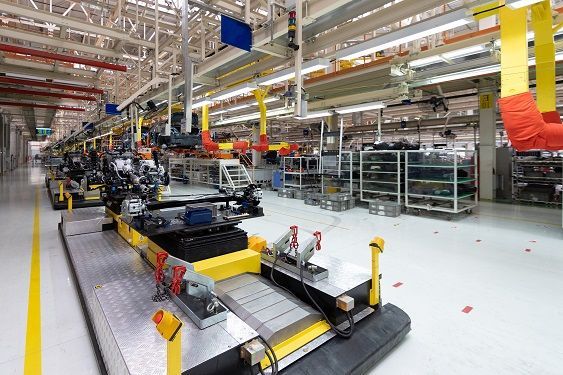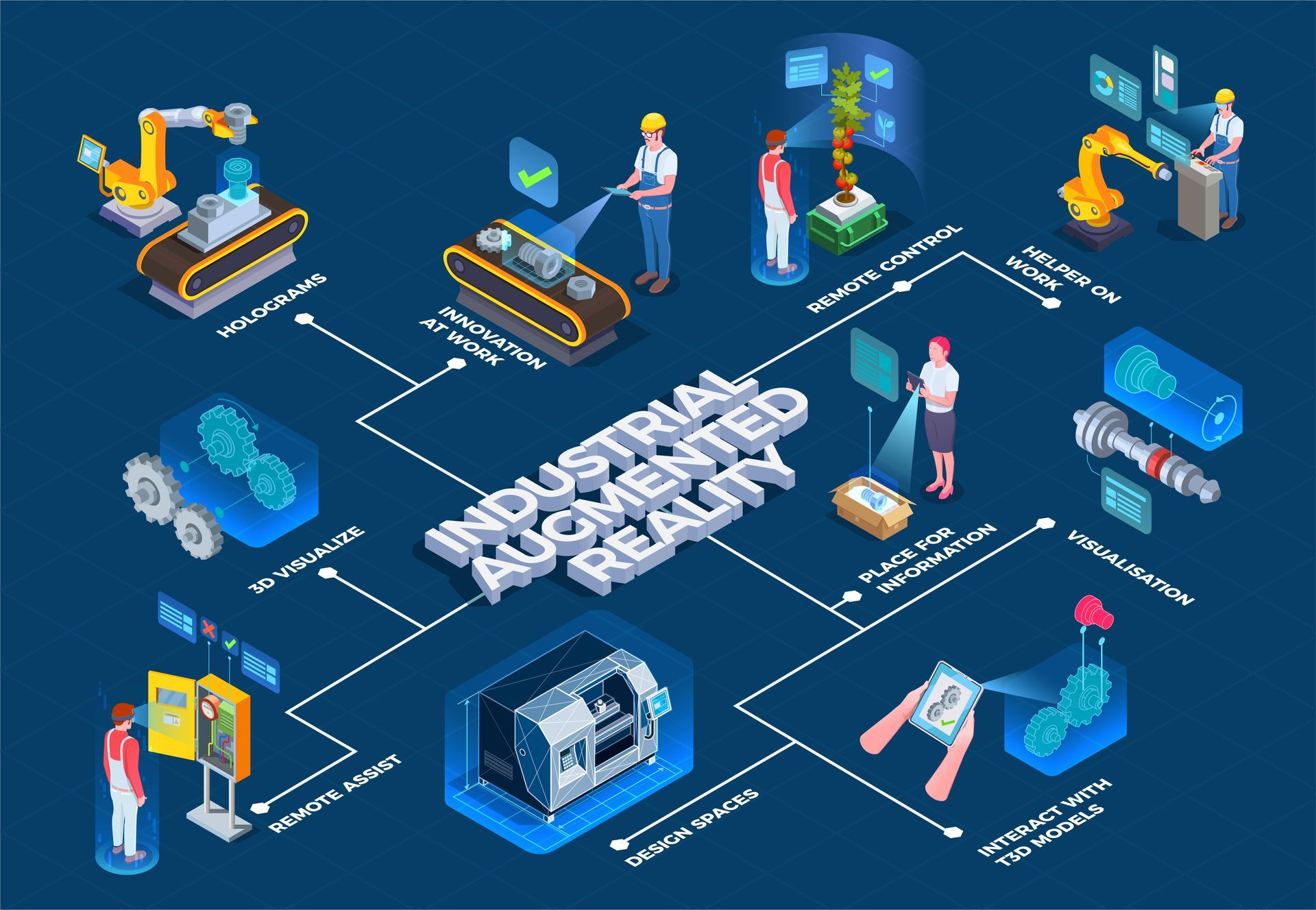The Challenges of Implementing 3D Printing Technology in Large-Scale Manufacturing
What are the challenges of implementing 3D printing technology in large-scale manufacturing?

In recent years, 3D printing technology has gained significant attention for its potential to revolutionize manufacturing processes. While it has shown remarkable advancements and potential in various industries, implementing 3D printing on a large scale in manufacturing presents a unique set of challenges.
In this blog post, we will delve into the key obstacles faced when incorporating 3D printing into large-scale manufacturing and explore potential solutions to overcome these challenges.
Speed and Scalability:
One of the primary challenges of implementing 3D printing in large-scale manufacturing is the speed and scalability of the technology.
Traditional manufacturing methods can produce goods at a much faster rate, making it difficult for 3D printing to match the production speed required for mass production.
3D printers often work layer by layer, resulting in time-consuming processes that hinder large-scale manufacturing.
Furthermore, scaling up 3D printing can be complex, as it involves replicating the infrastructure, acquiring multiple printers, and optimizing their coordination.
These factors contribute to slower production rates and increased costs, making it challenging to compete with traditional manufacturing methods.
Cost Considerations:
Cost is another significant obstacle in implementing 3D printing in large-scale manufacturing. While the technology has become more accessible and affordable over time, it still requires significant investment in machinery, materials, and software.
The cost per unit produced through 3D printing can be higher compared to conventional manufacturing, especially when producing in bulk.
Moreover, the development and maintenance of 3D printing infrastructure, including printers, software, and skilled personnel, add to the overall expenses.
Organizations must carefully evaluate the cost implications of 3D printing and consider factors such as economies of scale, material costs, and operational efficiency before adopting the technology on a large scale.
Material Limitations:
The range of materials compatible with 3D printing is continually expanding, but it still poses a challenge for large-scale manufacturing. Many traditional manufacturing processes rely on a wide array of materials with diverse properties, including metals, ceramics, polymers, and composites.
While 3D printing can handle these materials to some extent, achieving the same level of performance, durability, and versatility as traditional manufacturing methods remains a challenge.
Additionally, certain materials used in 3D printing can be expensive or have limited availability, further impacting the feasibility of large-scale production. Researchers and industry experts are actively exploring new materials and improving existing ones to address these limitations and expand the applicability of 3D printing in large-scale manufacturing.
Quality Control and Consistency:
Maintaining consistent quality control in 3D printing across large-scale manufacturing operations presents a significant challenge.
As the process is highly dependent on precise machine calibration, material properties, and printing parameters, even slight variations can result in defects or inconsistencies in the final product. Traditional manufacturing processes, with established quality control mechanisms, have an edge in ensuring uniformity and reliability.
To overcome this challenge, rigorous testing, monitoring, and validation processes must be implemented throughout the 3D printing workflow.
Advanced sensing technologies, real-time monitoring systems, and automated feedback loops can help detect and rectify deviations, thereby enhancing the overall quality and consistency of 3D printed products.

Intellectual Property and Regulatory Considerations:
The advent of 3D printing in large-scale manufacturing raises intellectual property (IP) concerns and regulatory challenges.
With the ease of digital replication and distribution, there is an increased risk of unauthorized reproduction or counterfeiting of products. Protecting IP rights and ensuring compliance with existing regulations is crucial for organizations adopting 3D printing technology.
Addressing these concerns requires a combination of legal frameworks, secure digital rights management, and collaboration between manufacturers, designers, and regulatory bodies. Establishing robust IP protection mechanisms and implementing traceability systems can help mitigate the risks associated with intellectual property infringements.
Conclusion:
While 3D printing technology holds immense potential for transforming large-scale manufacturing, several challenges must be overcome to fully leverage its benefits.
Speed and scalability, cost considerations, material limitations, quality control, and regulatory concerns are the key obstacles that demand innovative solutions and collaborative efforts from industry players, researchers, and policymakers.
To overcome these challenges and accelerate the adoption of 3D printing in large-scale manufacturing, stakeholders must:
- Invest in research and development to enhance the speed and scalability of 3D printing technologies, enabling faster production rates and reducing costs.
- Foster collaborations between industry, academia, and governments to address material limitations and develop new materials suitable for large-scale 3D printing.
- Establish standardized quality control protocols and invest in advanced monitoring systems to ensure consistency and reliability in 3D printed products.
- Advocate for robust intellectual property protection measures and collaborate with regulatory bodies to establish guidelines and frameworks for 3D printing in large-scale manufacturing.
By addressing these challenges and actively promoting the adoption of 3D printing technology in large-scale manufacturing, we can unlock its full potential, revolutionize the industry, and drive innovation and sustainability for the future.












